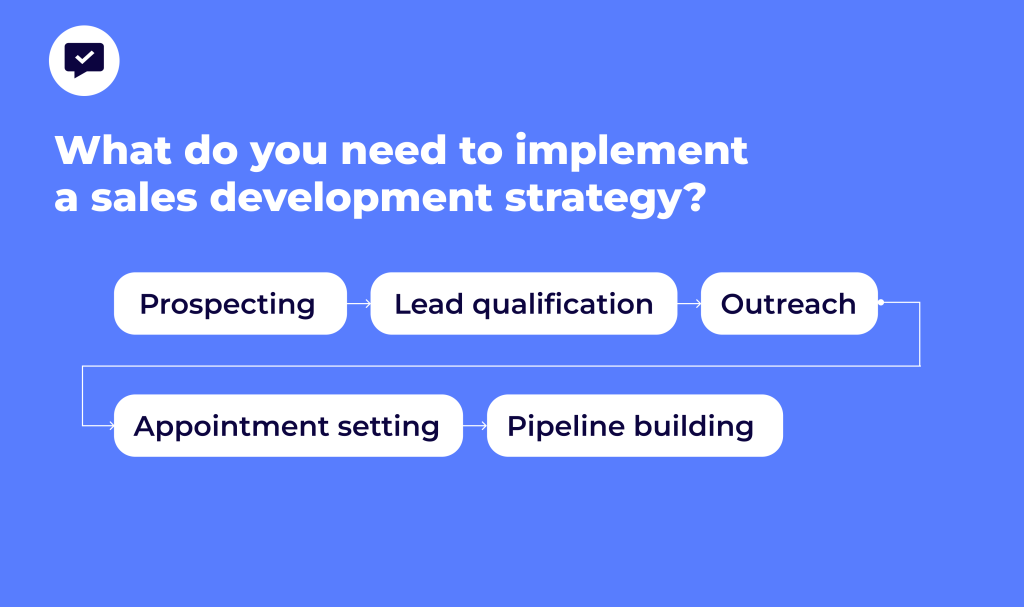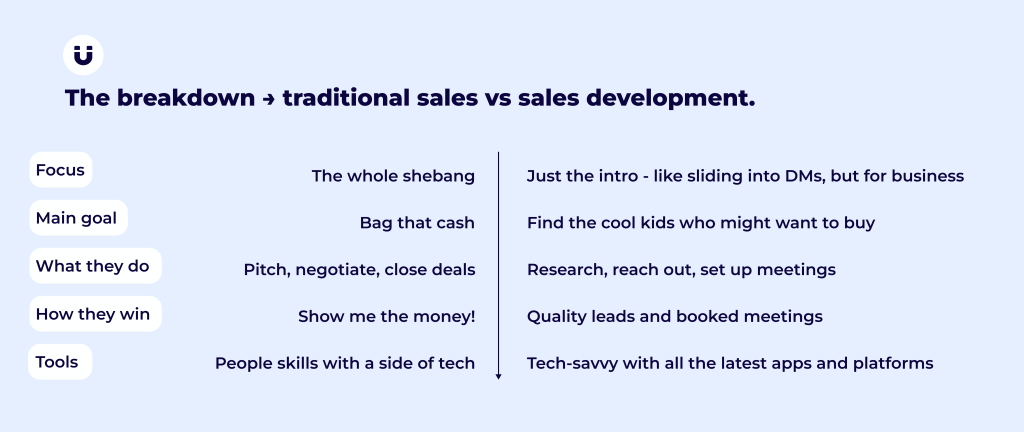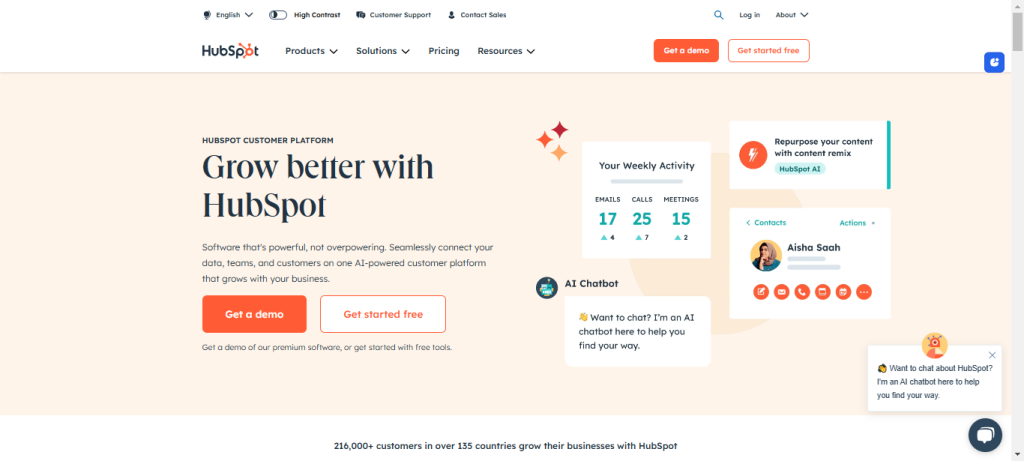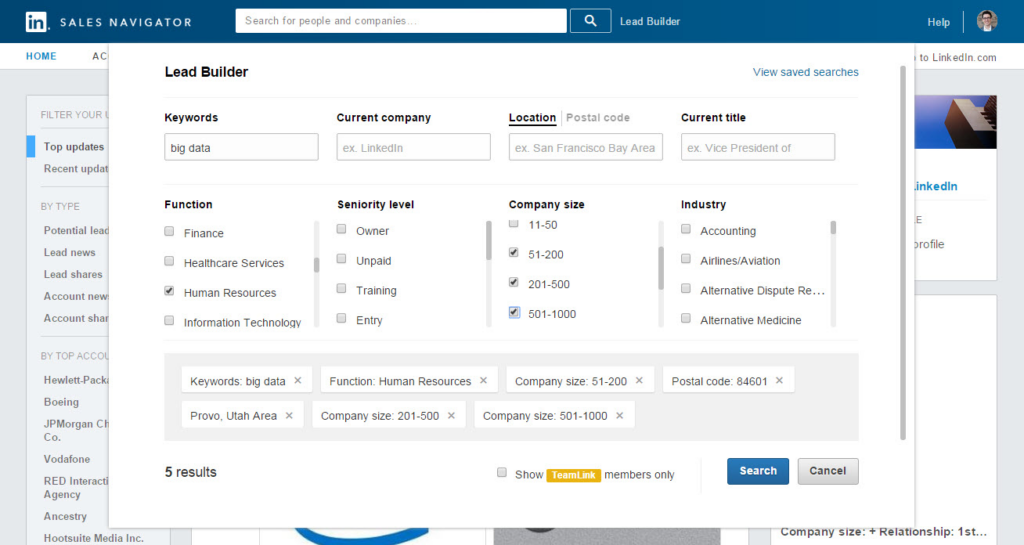Sales development supercharges your business growth and more
Sales development is a powerful strategy for businesses of all sizes and industries. It can help a small business focus their limited resources on the most promising opportunities.
And large companies can get only qualified leads instead of getting overwhelmed by tons of requests.
Sales development ensures that when big deals are discussed, they’re with the right people who are actually interested and able to buy.
Here’s what problems can be solved when incorporating sales development into your business growth strategy.
| Problem to solve |
How sales development solves it |
| The “Too many unqualified leads” headache |
Sales development teams can sift through leads, ensuring only the most promising ones reach the sales team. No more wasted time on dead-end prospects! |
| The “Our sales cycle is too long” blues |
By nurturing leads early, sales development can shorten the overall sales cycle. It’s like preheating the oven before you start cooking. |
| The “Our sales team is overwhelmed” panic |
Sales development takes the pressure off the main sales team by handling initial outreach and qualification. It’s like having a personal assistant for your sales squad. |
| The “We’re not hitting our targets” stress |
With a steady stream of qualified leads, sales development helps teams meet and exceed their goals. It’s the secret sauce for consistent performance. |
| The “We don’t know our customers well enough” confusion |
Sales development gathers valuable intel on prospects, helping the whole company understand their customers better. It’s like having spies but for business! |
| The “Our marketing and sales teams don’t get along” drama |
Sales development acts as a bridge between marketing and sales, improving communication and alignment. It’s the peacemaker in the office family feud. |
| The “We’re losing deals to competitors” frustration |
By engaging prospects early and effectively, sales development can give your company a competitive edge. It’s like getting a head start in a race. |
| The “We can’t scale our sales process” roadblock |
A well-structured sales development process makes it easier to grow your sales operation. It’s the scaffold that supports your sales skyscraper. |
| The “Our data is a mess” chaos |
Sales development teams often use advanced tools to keep data clean and organized. They’re like the Marie Kondo of your sales data. |
| The “We’re not using our resources efficiently” guilt |
By allowing specialized roles, sales development ensures everyone is working where they’re most effective. It’s about putting the right players in the right positions. |
| The “We’re missing out on opportunities” FOMO |
Sales development’s proactive approach helps catch opportunities that might otherwise slip through the cracks. It’s your business’s safety net. |
Now, you know why you need to implement a robust sales development strategy.
The benefits are clear: increased efficiency, higher quality leads, improved ROI, and faster growth. But knowing why isn’t enough – you need to know how. The journey from recognizing the need for sales development to successfully implementing it can seem daunting.
However, with the right approach and a clear roadmap, you can transform your sales process and drive significant growth for your business.
Read also: Top ChatGPT use cases for sales development
Steps to take while setting up the stage for your sales dev team
Of course, your first step is all about setting up your sales dev team. But, then, you have even more work to do.
Here’s what you need to think of as soon as you have your powerful team onboard:
1. Define your ideal customer profile
Start by analyzing your most successful existing customers to see what makes them tick. Look for common characteristics and pain points that stand out.
Once you’ve got that figured out, create a detailed persona of your ideal prospect. This way, you’ll know exactly who to target and how to appeal to them.
2. Establish clear goals and metrics
Contnue by using measurable objectives, like the number of qualified leads or meetings set, to keep things clear and quantifiable.
Next, determine key performance indicators (KPIs) to track your progress effectively. Finally, make sure to align these goals with the overall company objectives, so everything is working towards the same big picture.
3. Create a robust lead-generation process
Develop a mix of inbound and outbound tactics to cover all your bases.
Then, implement lead scoring methods like BANT or PACT to prioritize your prospects effectively. Finally, set up systems to capture and organize lead data, ensuring you have everything you need at your fingertips.
4. Develop effective outreach strategies
Craft personalized, value-driven messaging that speaks directly to your audience. Next, create multi-touch campaigns across various channels to ensure consistent engagement.
Finally, develop scripts and templates for common scenarios to streamline your communication process.
5. Implement technology and tools
Select and integrate a CRM system to keep all your customer information organized.
Then, adopt sales engagement platforms for outreach automation to streamline your efforts. Finally, implement analytics tools to measure performance and ensure you’re hitting your targets.
6. Train and onboard your SDR team
Equip your sales development representatives with the knowledge and skills (and proper sales development representative salary to motivate them) they need to excel in their roles.
Develop a comprehensive training program to get everyone up to speed. Then, provide ongoing coaching and support to ensure continuous improvement.
Finally, create clear career paths for SDRs to keep them motivated and focused on growth.
7. Align sales development with marketing and sales
Establish clear handoff processes between teams to ensure smooth transitions. One effective way to improve team coordination and visibility is by implementing a kanban board in teams.
Then, make sure there’s consistent messaging across all customer touchpoints to maintain a unified brand voice. Finally, implement regular cross-team meetings and communication channels to keep everyone aligned and informed.
8. Continuously optimize and refine
Regularly analyze performance data to understand what’s working and what’s not. Then, A/B test different approaches and messages to find the most effective strategies.
Finally, stay updated on industry trends and best practices to keep your tactics fresh and competitive.
9. Develop a feedback loop
Gather input from SDRs, sales reps, and customers to get a well-rounded perspective. Use this feedback to improve processes and strategies continuously.
Finally, recognize and reward top performers to keep motivation high and celebrate success.
10. Scale strategically
Grow your sales development efforts step by step. Gradually expand your SDR team as results improve to keep up with growing demands.
Then, explore new markets or customer segments to broaden your reach. Finally, continuously refine your ideal customer profile based on the results to ensure you’re targeting the right audience.
This is your concise roadmap for building the sales development process from scratch.
Whether you’re a startup looking to establish your first sales development team or an established company aiming to revamp your approach, these steps will guide you through the process.
Each step is crucial and builds upon the previous one, creating a comprehensive strategy that can significantly boost your sales efforts. From defining your ideal customer to scaling your operations, this roadmap covers all the essential elements of a successful sales development process.
Remember, implementing a sales development strategy is not a one-time event, but an ongoing process of refinement and optimization.
As you work through these steps, be prepared to adapt and adjust based on your results and changing market conditions.










